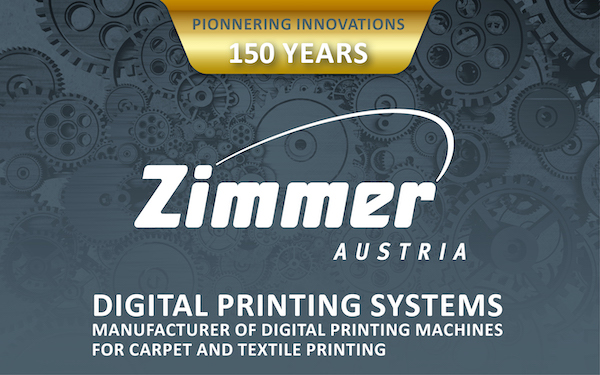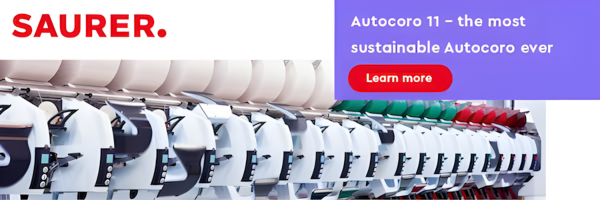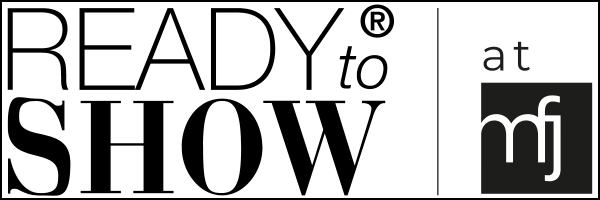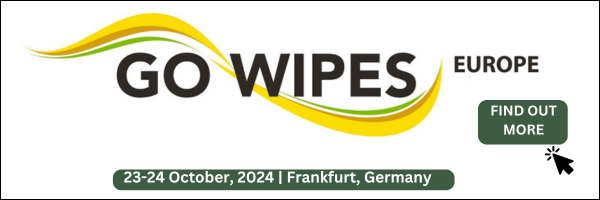Medical textile market::::The market for medical textiles has the potential to be one of the fastest growing categories within the technical textile sector between 2018 and 2025. But growth is threatened by a new, stringent EU regulation for medical devices, according to a report in issue 114 of Technical Textile Markets from the global business information company Textiles Intelligence.
The new regulation, known as Medical Devices Regulation (MDS), becomes mandatory in 2020 and poses a threat to the growth prospects of the medical textile sector — not least because it will have a major impact on product development and innovation.
The new regulation was approved by the European Parliament in order to tighten requirements following two high profile cases in which product safety standards were found to be inadequate and the health of the patients involved was severely impacted.
Under the new regulation, the time required to design and develop a new medical product and bring it to market could double compared with the time it takes to bring a product to market under the current regulations.
The parties expected to be most affected will be small and medium-sized enterprises (SMEs). However, all manufacturers, regulatory authorities and notified bodies face the prospect of a heavy workload, a lack of resources and a lack of available know-how from experts.
In order to overcome the challenges posed by the new regulation, companies are advised to work in collaboration with their entire supply chains in order to ensure compliance with the regulation, and focus their efforts on growing markets.
Three markets which are experiencing increasing demand are implantable products, non-implantable products, and health and hygiene products. Within these markets, it is recommended that companies focus on the research and development of products which have the greatest potential for innovation — particularly woven fabrics, nanocomposites and materials whose properties can be changed in response to stimuli. The companies which do so will be in a strong position to face the challenges which the new regulation poses.

















